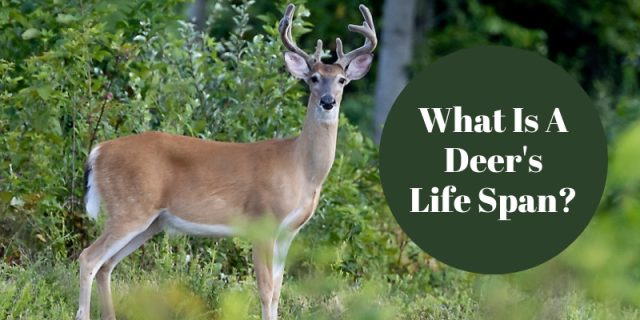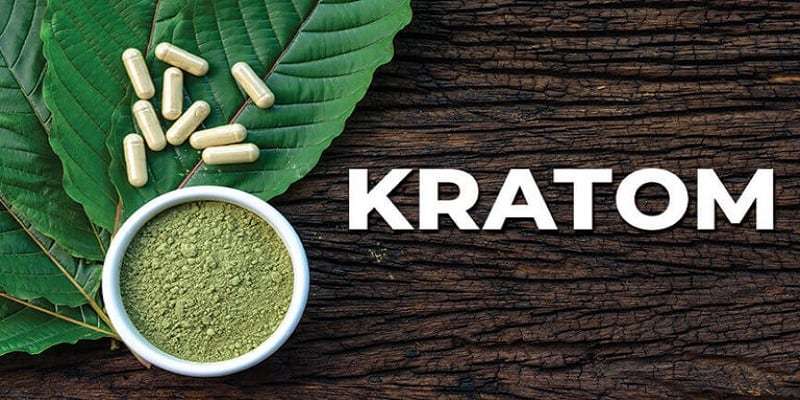Deer are one of the most recognizable and widespread groups of animals, found in diverse habitats across the globe. Understanding a deer’s lifespan is crucial not only for wildlife enthusiasts but also for conservationists and researchers working to preserve these majestic creatures. The life span of deer varies significantly based on several factors, which we will explore in this detailed article.
Factors Affecting a Deer’s Life Span
1. Genetics
Genetics play a fundamental role in determining a deer’s life span. Different species and subspecies of deer have varying genetic makeups, which influence their longevity. For instance, white-tailed deer (Odocoileus virginianus) typically live longer than mule deer (Odocoileus hemionus). Genetic predispositions to certain diseases and physical characteristics also impact their life expectancy.
2. Habitat
The habitat in which a deer lives significantly affects its life span. Deer residing in areas with abundant food, water, and shelter tend to live longer than those in harsh environments. Deer in the wild often face more threats and harsher conditions compared to those in captivity, where they receive regular food and protection from predators.
3. Predation and Threats
Predation is a major factor influencing a deer’s life span. Natural predators such as wolves, bears, and large cats, as well as human hunters, pose constant threats. Human activities, including habitat destruction and road construction, increase mortality rates. The impact of hunting, both legal and illegal, can drastically reduce the life span of deer populations.
4. Nutrition and Diet
A balanced diet is essential for a deer’s health and longevity. Deer are herbivores, feeding on a variety of vegetation, including leaves, twigs, fruits, and nuts. Nutritional deficiencies or a lack of food can lead to weakened immune systems and shorter life spans. The diet varies among species and regions, influencing their overall health and longevity.
5. Health and Disease
Deer are susceptible to various diseases and parasites that can significantly reduce their life span. Common diseases include chronic wasting disease (CWD), bovine tuberculosis, and parasitic infections. Effective management of these health issues is crucial for maintaining healthy deer populations.
Read More:
- Do Deer Eat Potatoes? Understanding the Dietary Habits of Deer
- Do Deer Eat Sweet Potatoes? Insights from Wildlife Experts
- What Does It Mean When a Deer Crosses Your Path? Spiritual Insights
- Do Deer Travel The Same Path Every Day?
Life Cycle of a Deer
1. Birth and Early Life
The life cycle of a deer begins with birth after a gestation period that varies among species, typically around 6-7 months for most deer. Fawns are born with spotted coats that provide camouflage from predators. The survival rate of fawns is influenced by factors such as predation, weather conditions, and maternal care.
2. Juvenile Stage
As fawns grow, they enter the juvenile stage, learning survival skills from their mothers and the herd. This stage is critical for developing the physical and behavioral traits needed to evade predators and forage for food. Juveniles face high mortality rates due to their vulnerability.
3. Adulthood
Deer reach adulthood at around 1-2 years of age, depending on the species. During this stage, they are in their prime reproductive and physical condition. Adult deer engage in mating behaviors and establish territories. The challenges faced during adulthood include avoiding predators, finding sufficient food, and competing with other deer.
4. Old Age
Deer begin to show signs of aging as they approach the latter part of their life span. Common age-related issues include reduced mobility, weakened immune systems, and dental problems. Elderly deer are more susceptible to predation and health issues, leading to a natural decline in their numbers.
Average Life Span of Different Deer Species
1. White-tailed Deer
White-tailed deer are one of the most studied and widespread species in North America. In the wild, they typically live around 4-5 years, though some can reach up to 10 years. In captivity, where they are protected from predators and receive consistent nutrition, their life span can extend to 15-20 years.
2. Mule Deer
Mule deer, found primarily in western North America, have a shorter life span compared to white-tailed deer. In the wild, they usually live 7-8 years, with some reaching up to 10 years. Factors such as habitat quality and predation pressure influence their longevity.
3. Red Deer
Red deer, native to Europe, Asia, and parts of North Africa, have a life span of 10-13 years in the wild. In captivity, they can live up to 20 years. The presence of natural predators like wolves and human hunting affects their life expectancy in the wild.
4. Other Deer Species
Other deer species, such as the sika deer, fallow deer, and elk, also exhibit varying life spans. Sika deer can live up to 15 years in the wild, while fallow deer typically live around 12-16 years. Elk, or wapiti, have an average life span of 8-12 years in the wild, extending to 20 years in captivity.
Conservation Efforts and Their Impact on Deer Longevity
1. Conservation Programs
Conservation programs aimed at protecting deer habitats and reducing hunting pressures have a positive impact on deer longevity. Efforts to preserve natural environments and create wildlife corridors help maintain healthy deer populations.
2. Protected Areas and Wildlife Reserves
Establishing protected areas and wildlife reserves provides safe havens for deer, free from hunting and human encroachment. These areas offer optimal conditions for deer to thrive and live longer.
3. Research and Monitoring
Ongoing research and monitoring of deer populations are essential for understanding their health and addressing threats. Scientific studies contribute to effective management strategies and conservation policies that enhance deer longevity.
FAQs: What is a Deer’s Life Span?
What is the average life span of a deer in the wild?
The average life span of a deer in the wild varies by species. For instance, white-tailed deer typically live 4-5 years, mule deer around 7-8 years, and red deer about 10-13 years. Factors such as predation, habitat quality, and human activity can significantly influence these numbers.
How long can deer live in captivity compared to the wild?
Deer generally live longer in captivity than in the wild due to the absence of predators, consistent access to food, and veterinary care. For example, white-tailed deer can live up to 15-20 years in captivity, whereas their wild counterparts usually live 4-5 years.
What factors most significantly affect a deer’s life span?
The most significant factors affecting a deer’s life span include genetics, habitat quality, predation pressure, nutrition, and health. Diseases and parasites also play a crucial role, as well as human-related factors such as hunting and habitat destruction.
Do all deer species have similar life spans?
No, different deer species have varying life spans. For example, white-tailed deer and mule deer generally have shorter life spans compared to red deer and sika deer. Environmental conditions, diet, and species-specific traits all contribute to these differences.
How do conservation efforts impact the life span of deer?
Conservation efforts, such as habitat preservation, the establishment of wildlife reserves, and anti-poaching measures, positively impact the life span of deer. By providing safe environments and protecting deer from human threats, these efforts help increase the longevity and overall health of deer populations.
Conclusion
Understanding the life span of deer involves examining a complex interplay of genetics, habitat, predation, nutrition, and health. By studying these factors, we can better appreciate the challenges deer face and the importance of conservation efforts. Supporting deer populations is not only crucial for their survival but also for maintaining biodiversity and healthy ecosystems.








